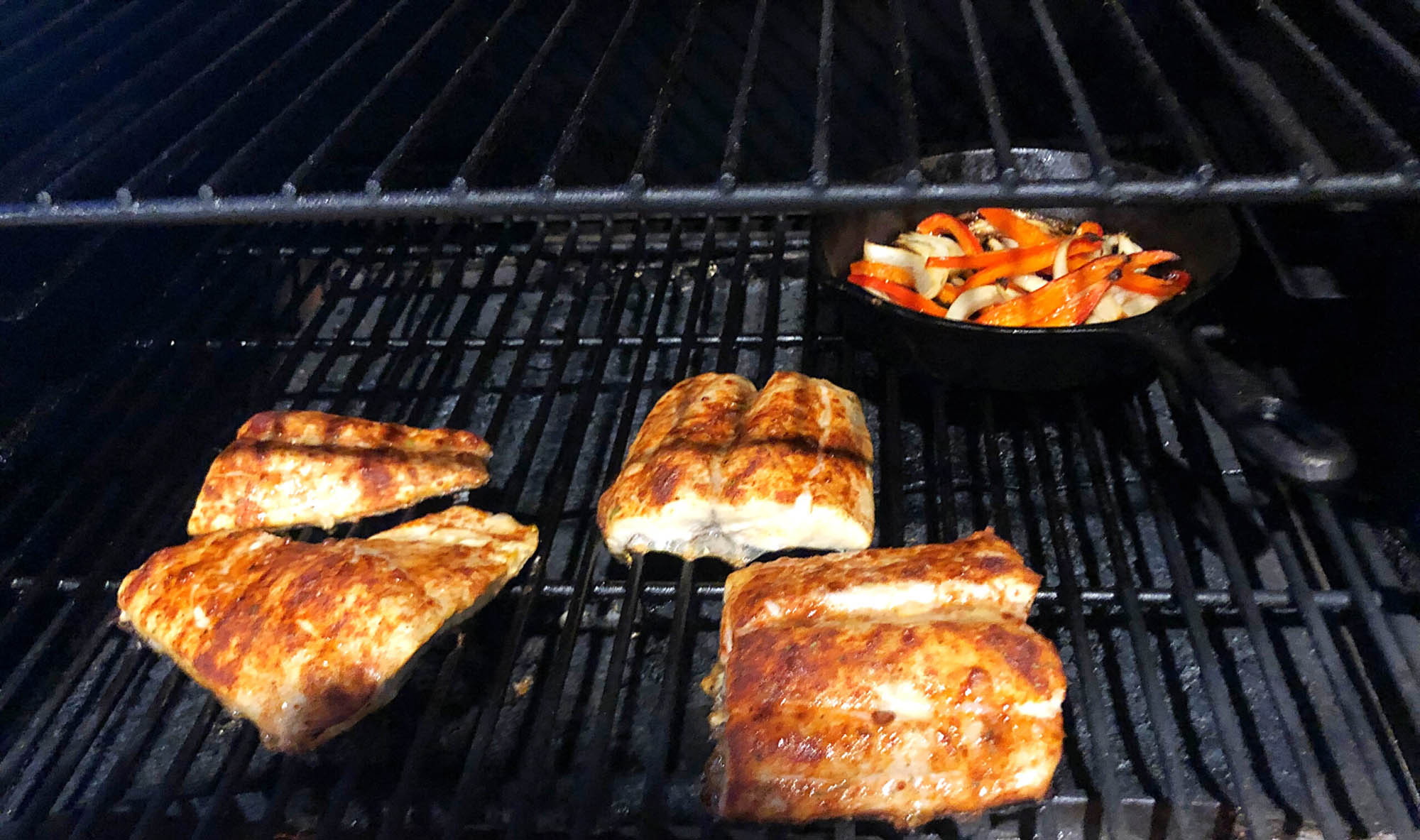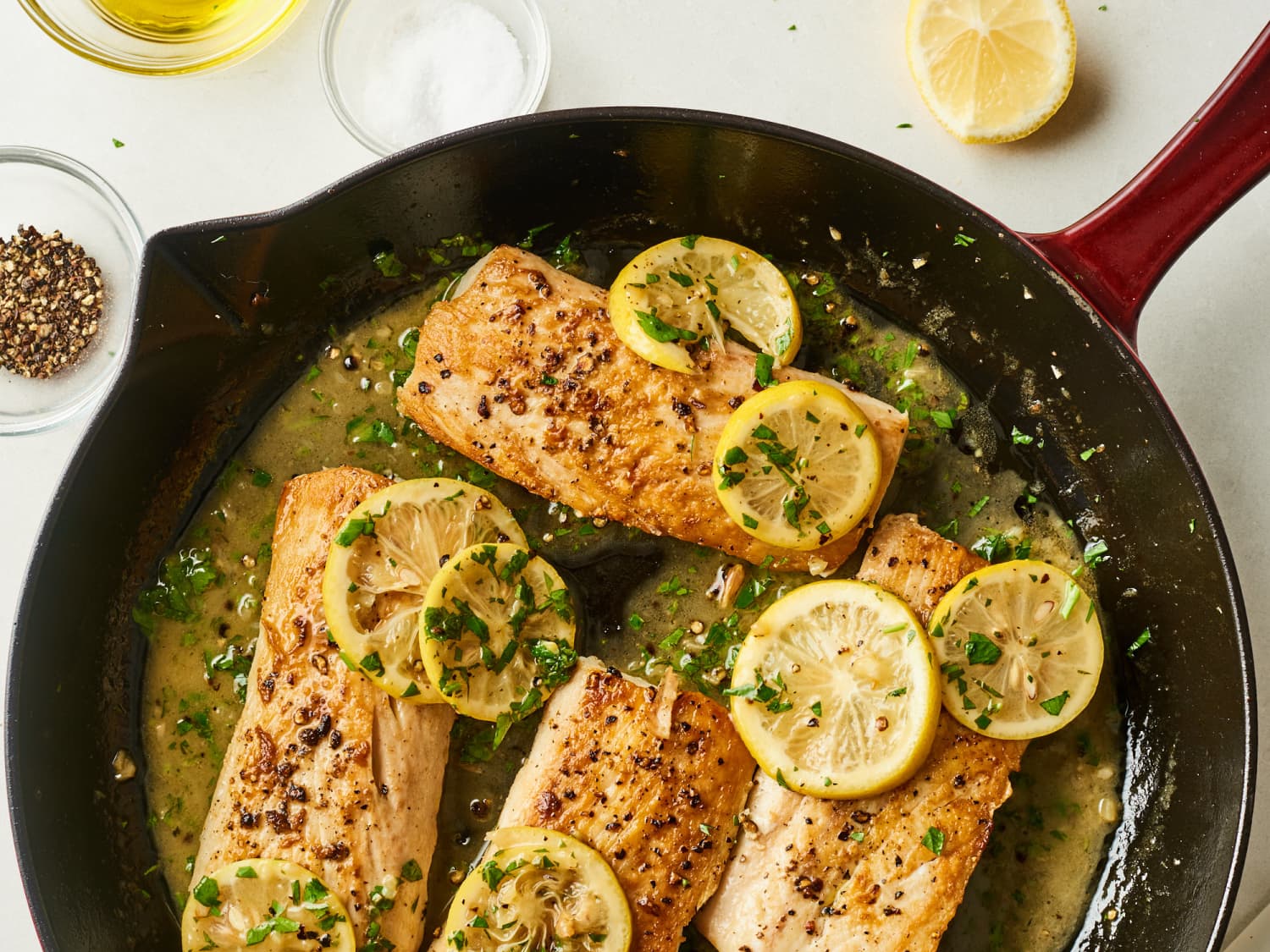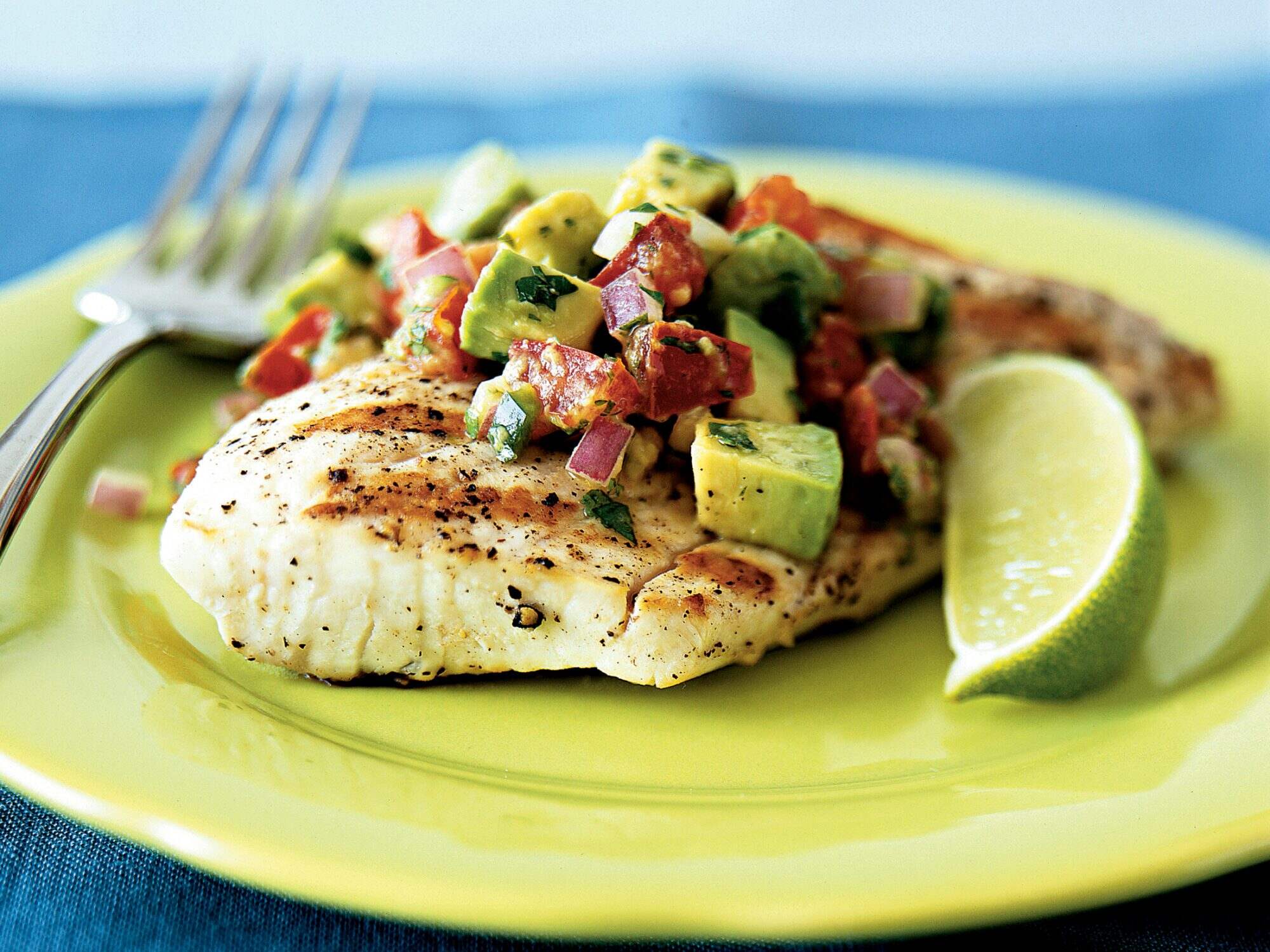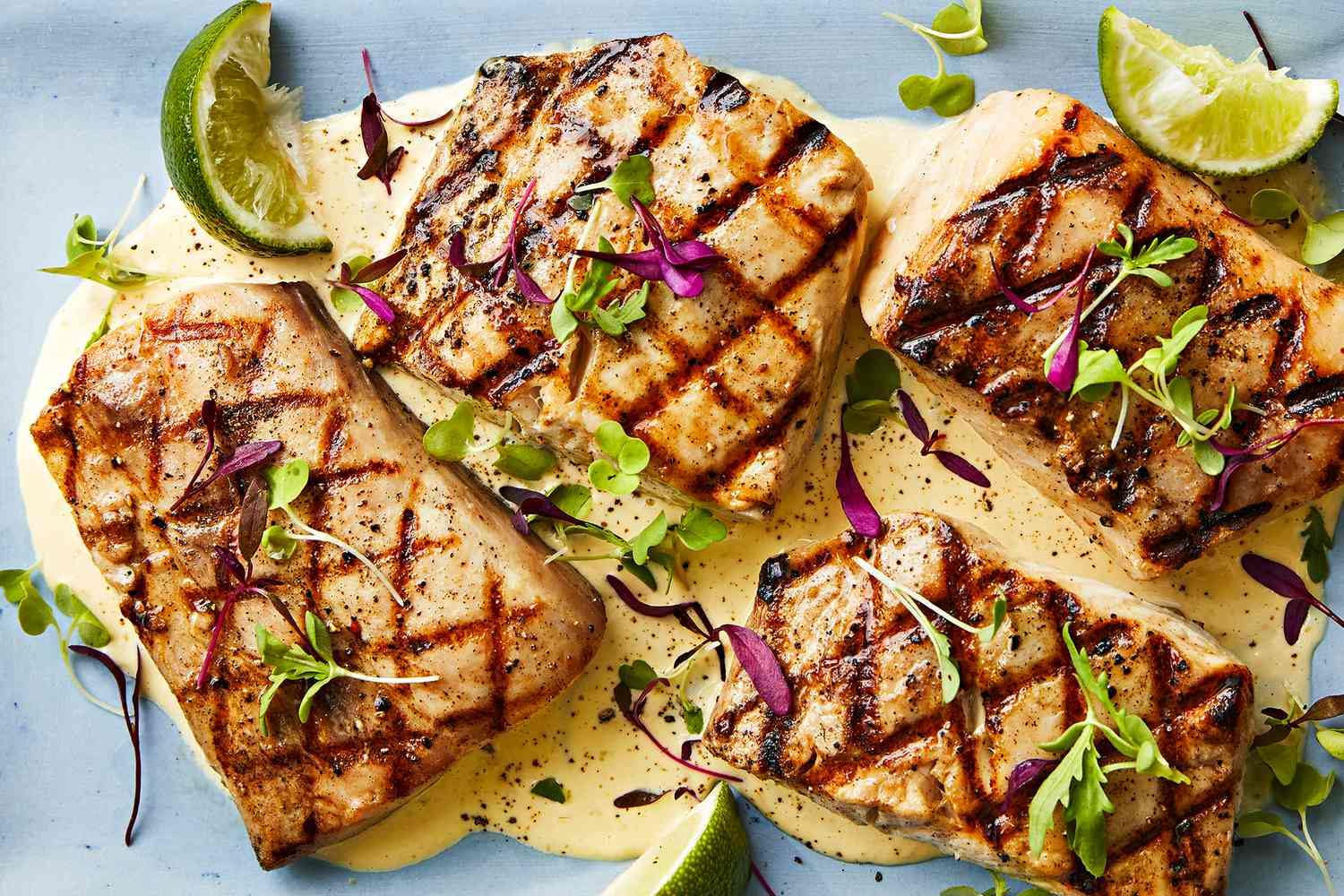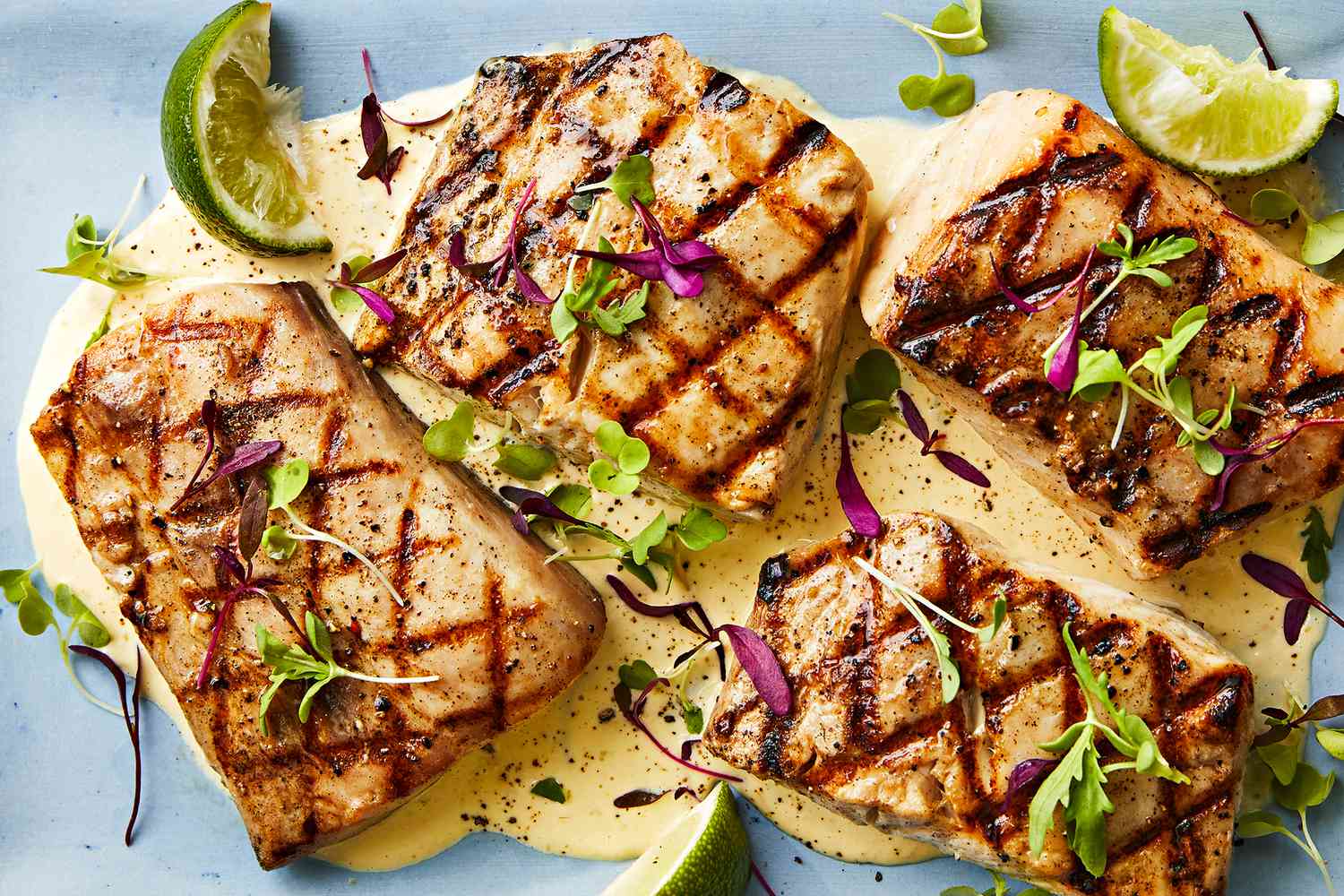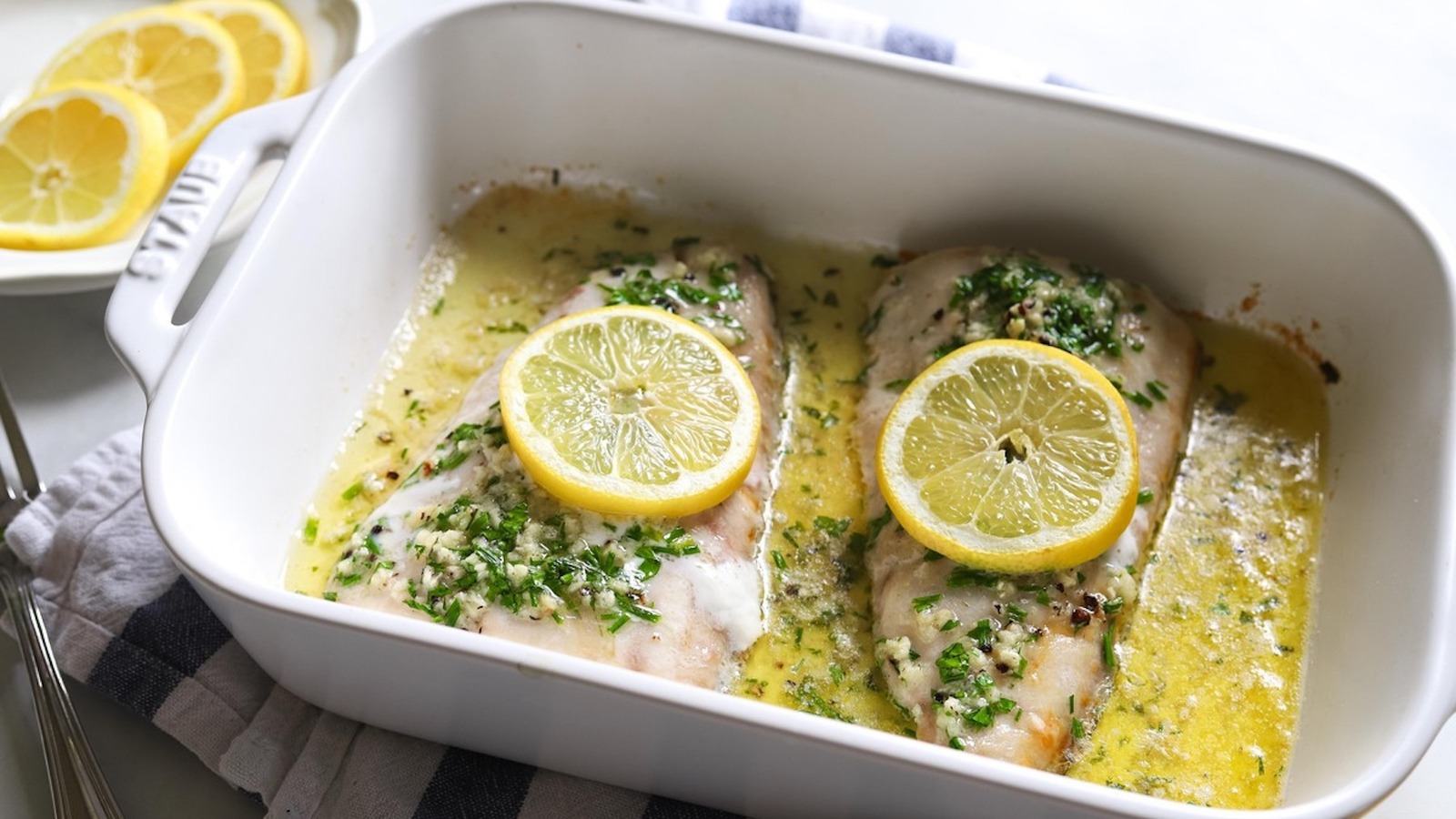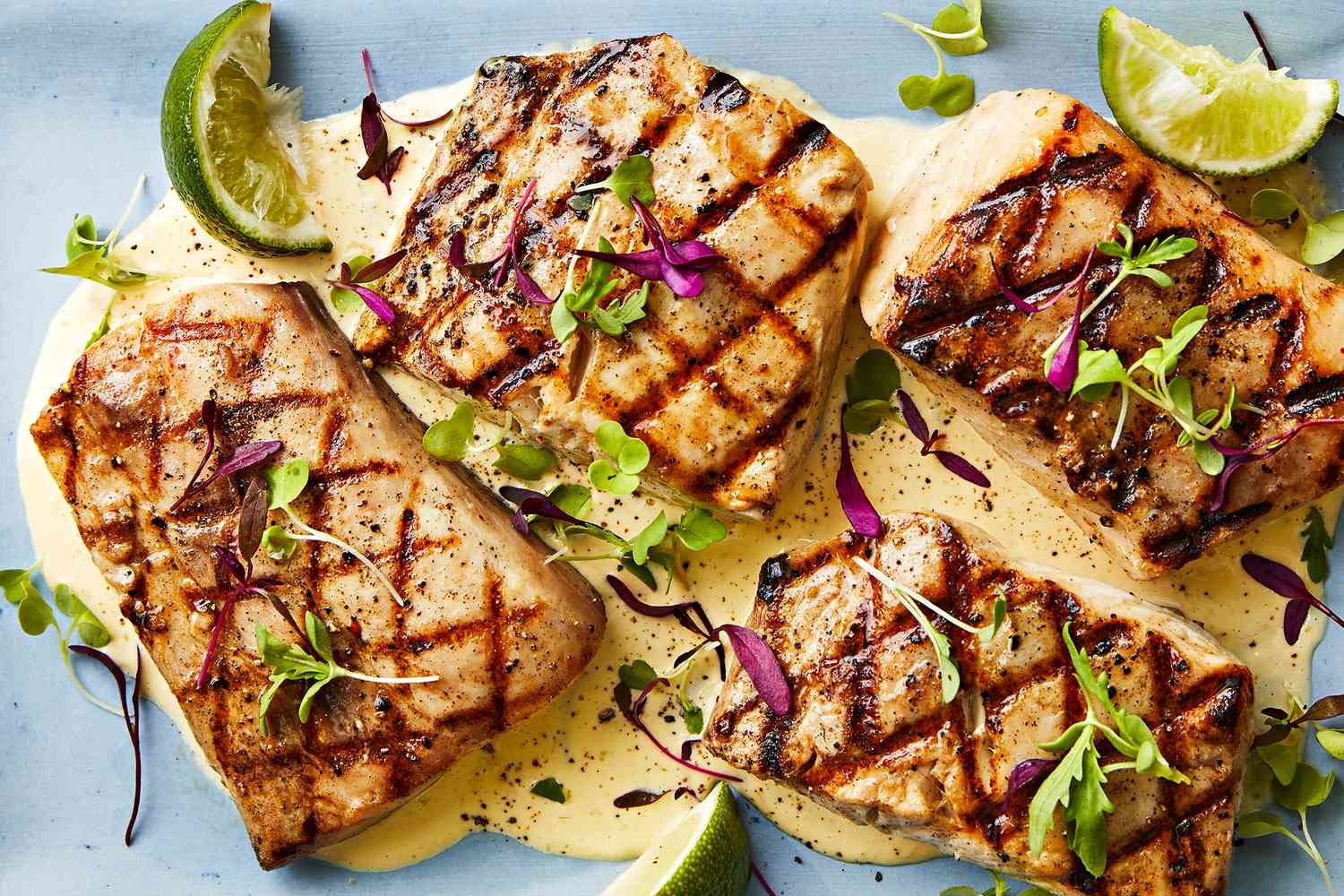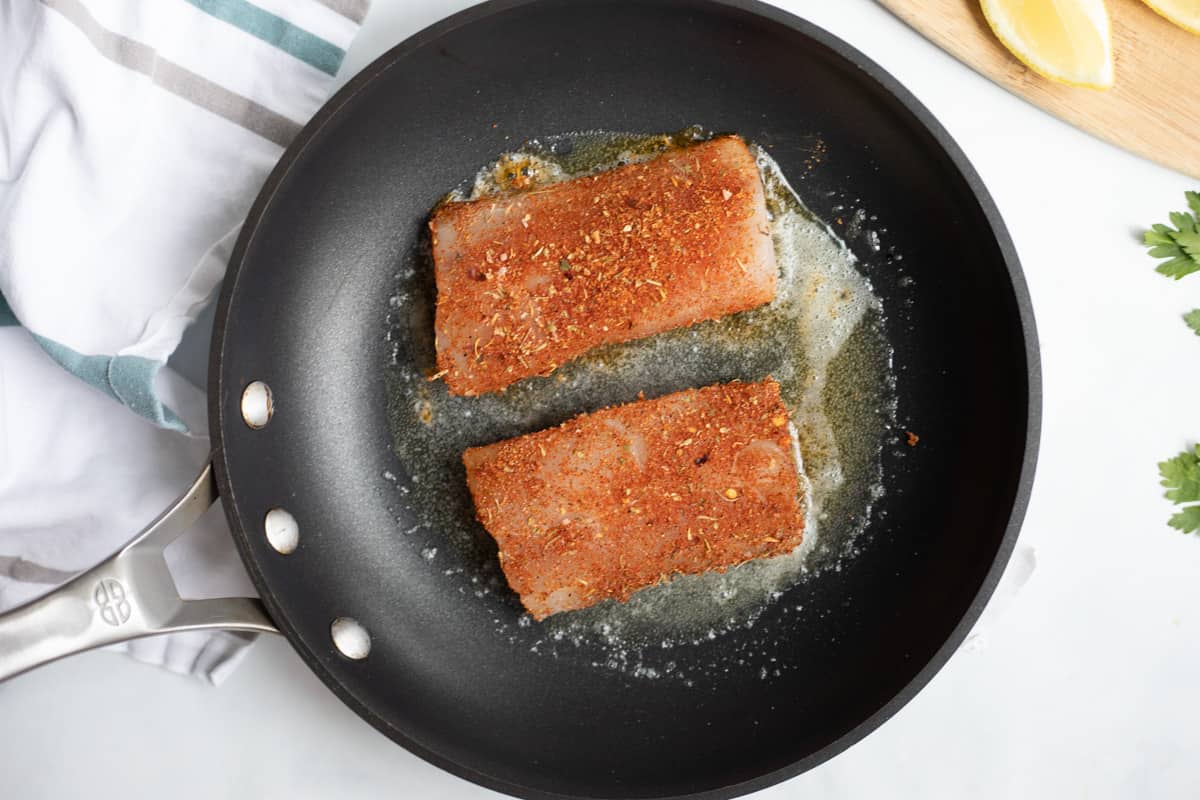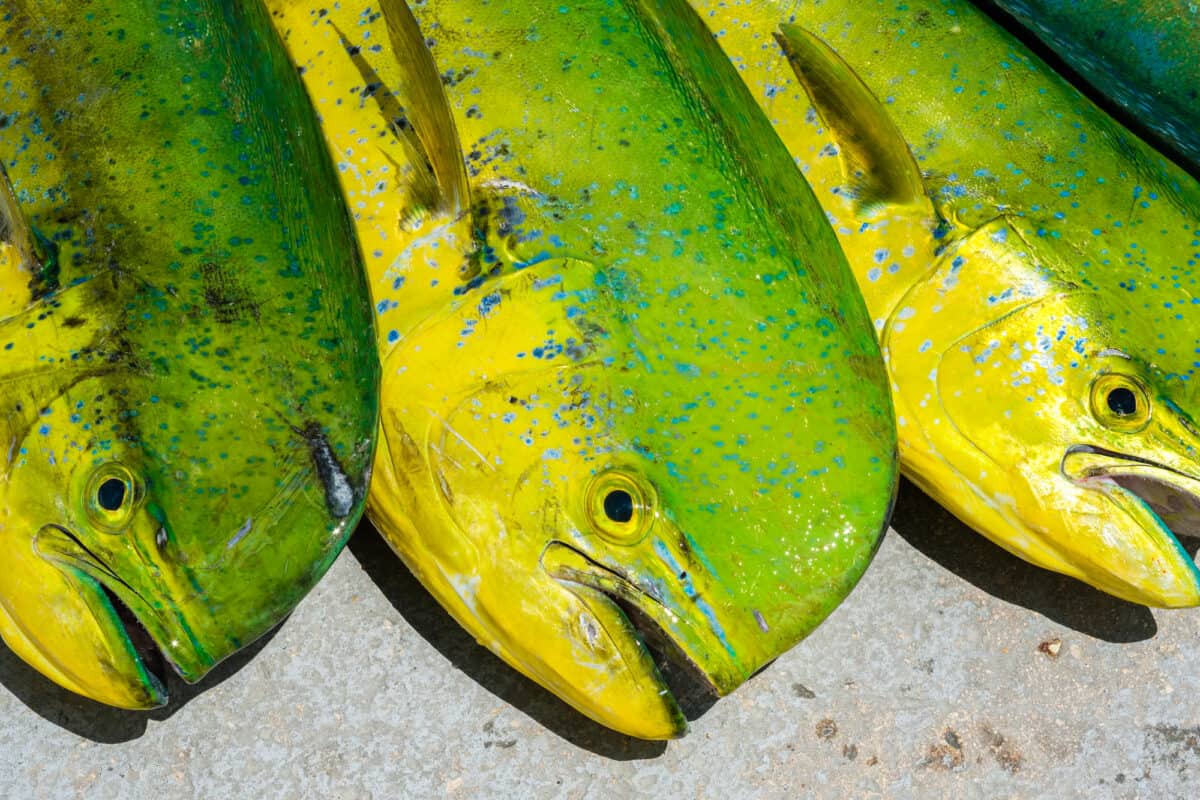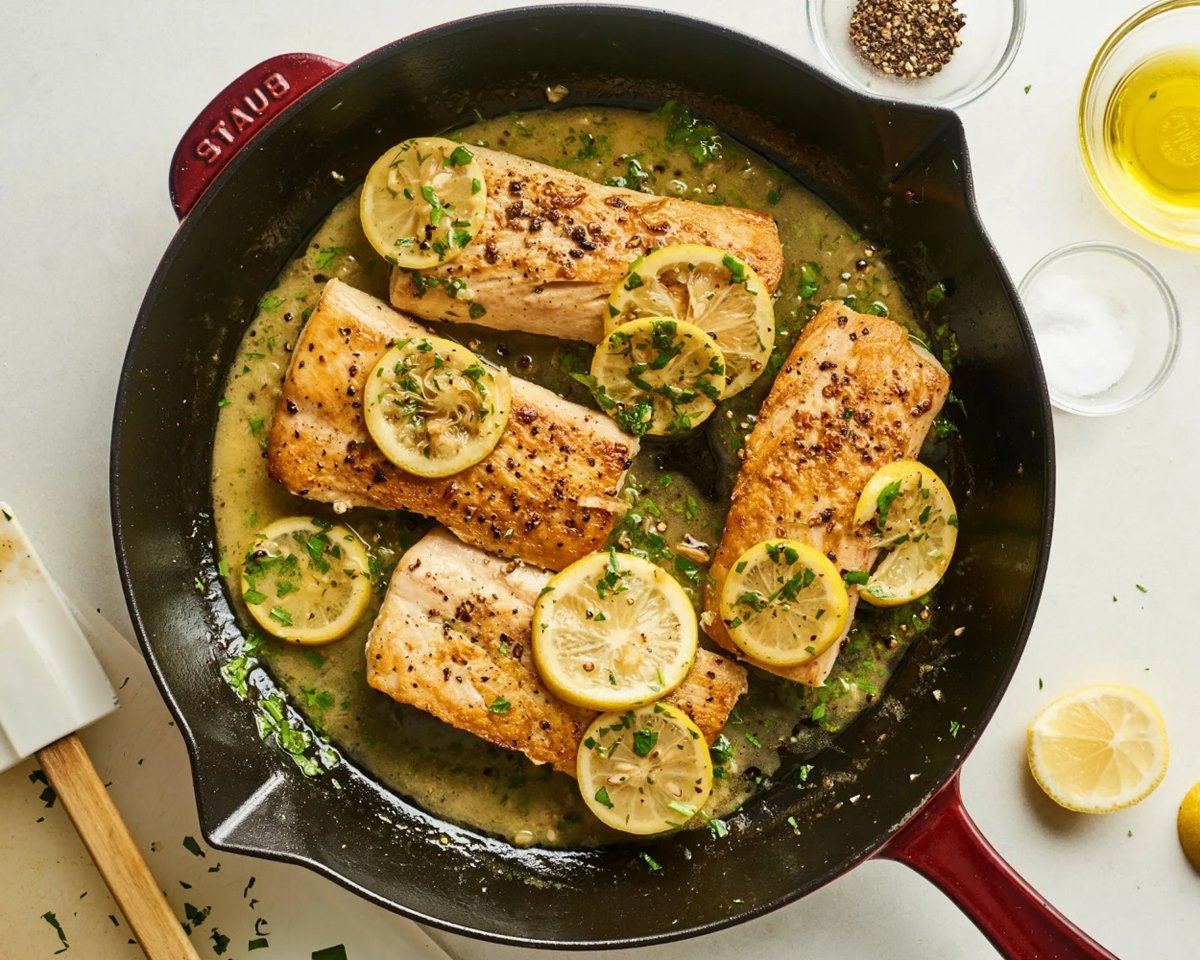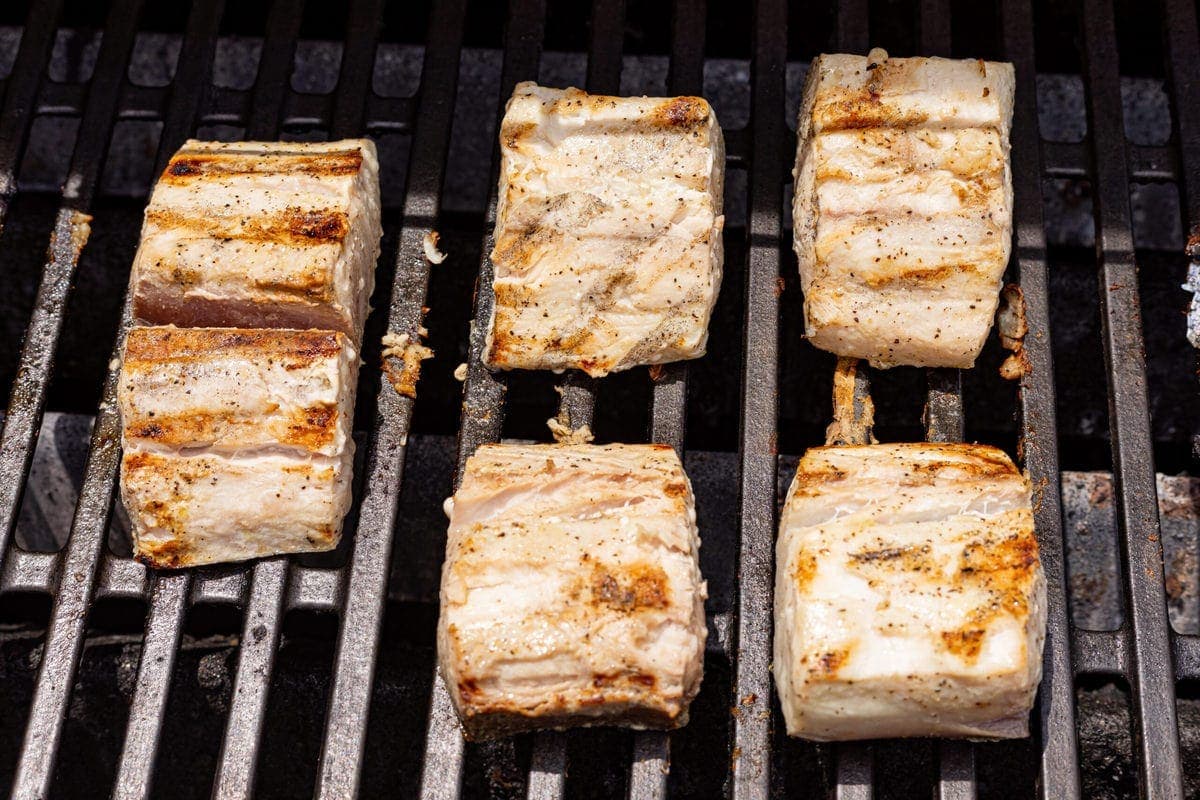Delicious Mahi Mahi: A Simple Saute Recipe
Are you looking for a quick and easy way to prepare Mahi Mahi for a delicious meal? Look no further! Sauteing is a fantastic cooking method that allows you to bring out the natural flavors of this delectable fish. With just a few simple ingredients and some basic cooking techniques, you can create a mouthwatering dish that will impress your family and friends.
Ingredients:
- 4 Mahi Mahi fillets
- 2 tablespoons of olive oil
- Salt and pepper to taste
- 1 teaspoon of garlic powder
- 1 teaspoon of paprika
- Fresh lemon wedges for serving
Instructions:
- Prepare the Mahi Mahi: Start by patting the Mahi Mahi fillets dry with a paper towel. Season both sides of the fillets with salt, pepper, garlic powder, and paprika. This will help to enhance the natural flavors of the fish.
- Heat the Olive Oil: In a large skillet, heat the olive oil over medium-high heat. Make sure the skillet is hot before adding the Mahi Mahi fillets.
- Saute the Mahi Mahi: Carefully place the seasoned fillets into the skillet. Cook for 3-4 minutes on each side, or until the fish is golden brown and easily flakes with a fork. Be careful not to overcook the fish, as Mahi Mahi can become dry if cooked for too long.
- Serve and Enjoy: Once the Mahi Mahi fillets are cooked to perfection, remove them from the skillet and transfer to a serving platter. Squeeze fresh lemon juice over the fillets and garnish with additional lemon wedges. Serve hot and enjoy!
With just a few simple steps, you can create a delightful sauteed Mahi Mahi dish that is sure to impress. Whether you’re cooking for a special occasion or just looking for a quick and healthy meal, this recipe is a fantastic choice. Pair your sauteed Mahi Mahi with your favorite side dishes, such as steamed vegetables or a fresh salad, for a complete and satisfying meal.
So, the next time you’re craving a delicious seafood dinner, consider sauteing some Mahi Mahi. With its mild and slightly sweet flavor, Mahi Mahi is a versatile fish that lends itself well to a variety of cooking methods. Give this simple saute recipe a try and savor the wonderful flavors of fresh Mahi Mahi in the comfort of your own home.
